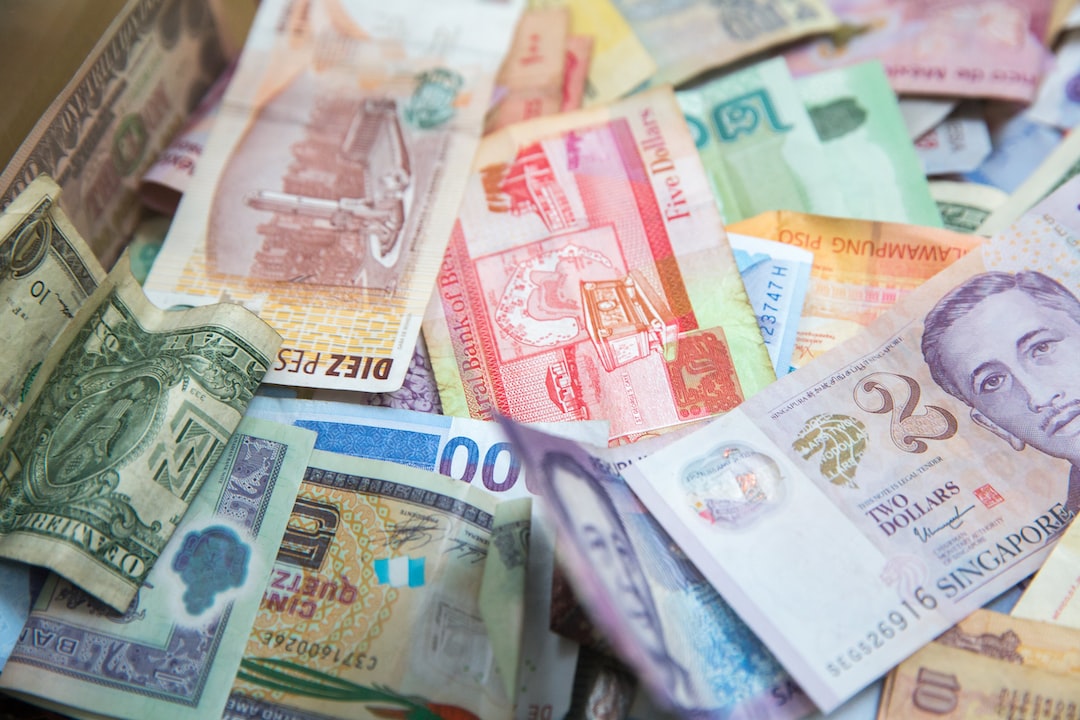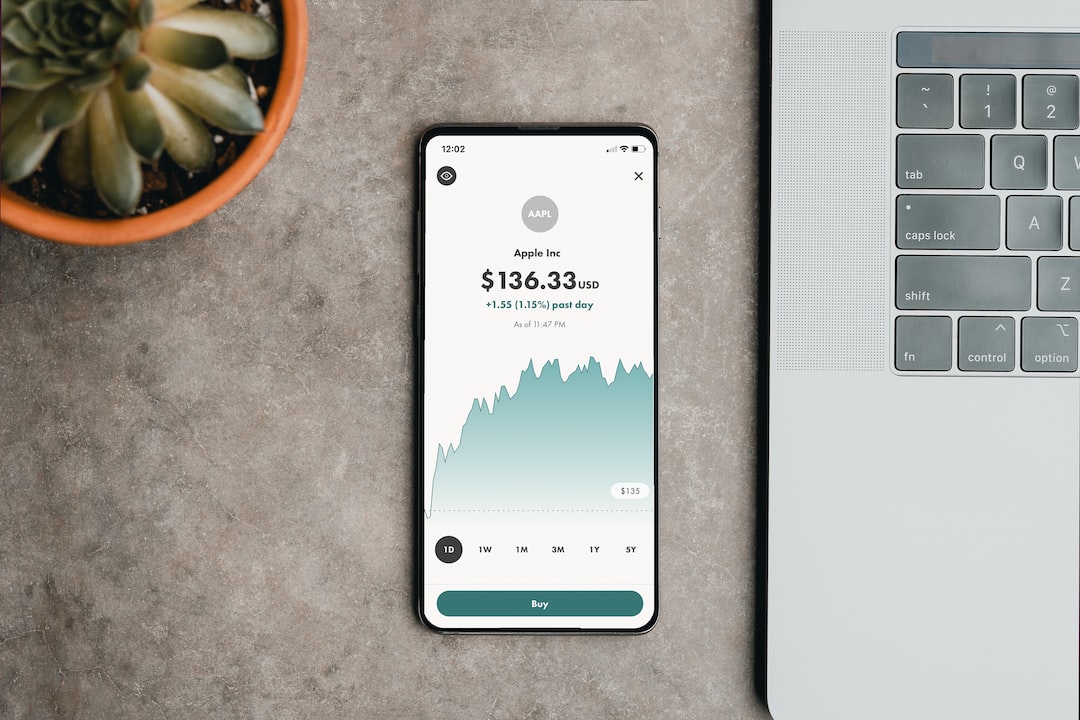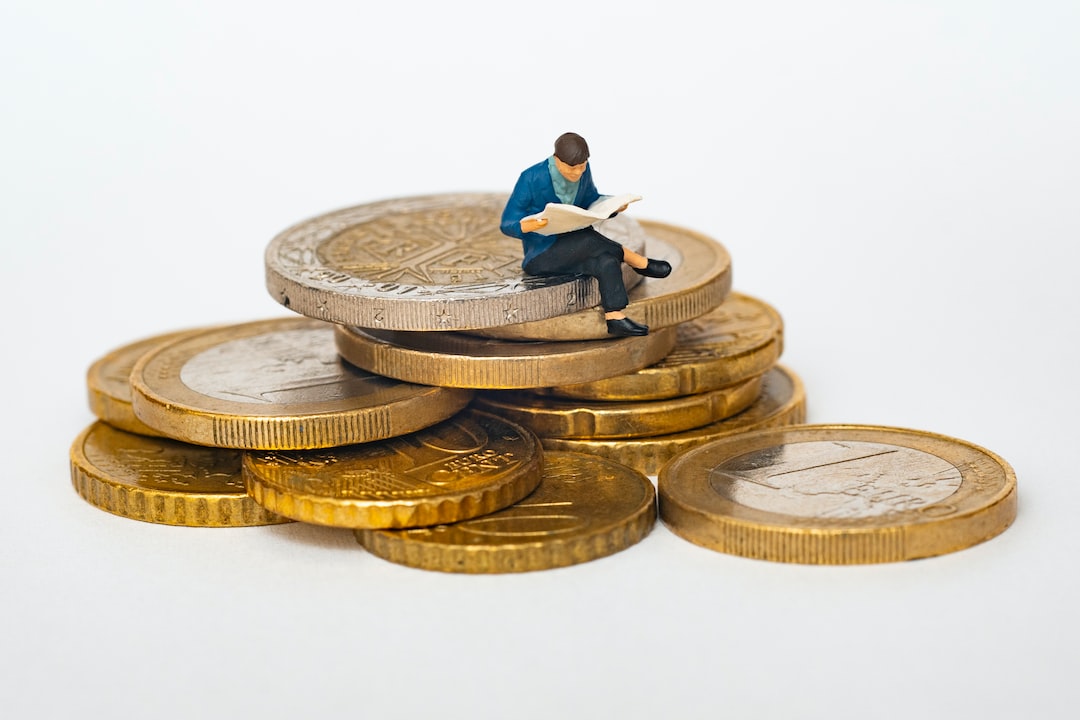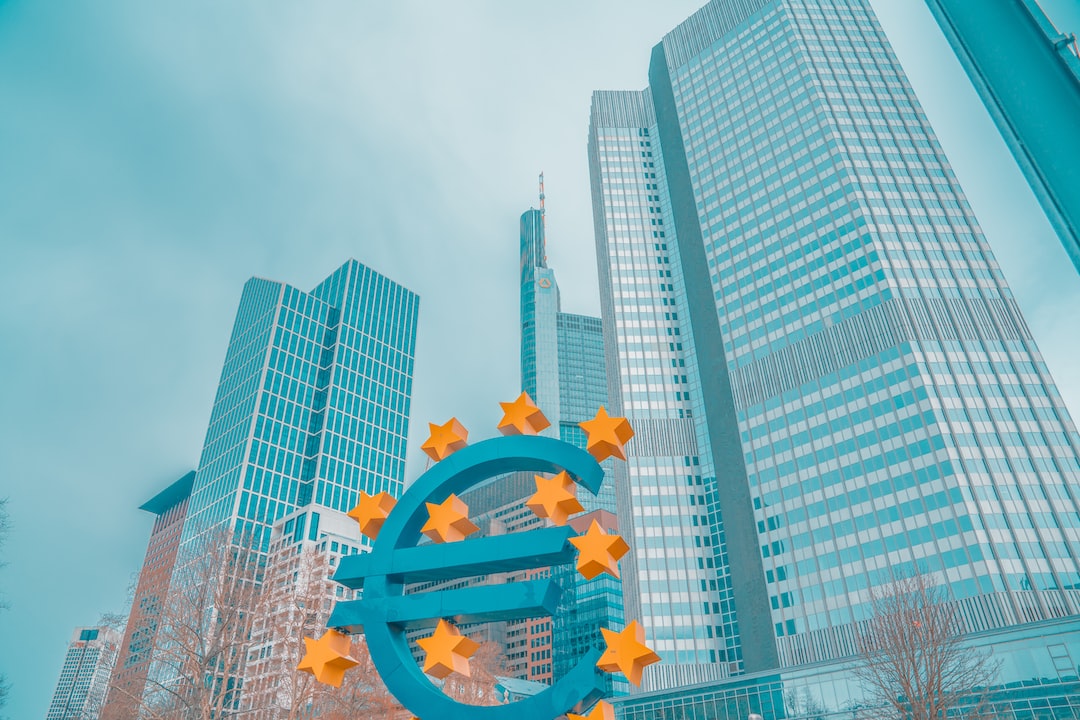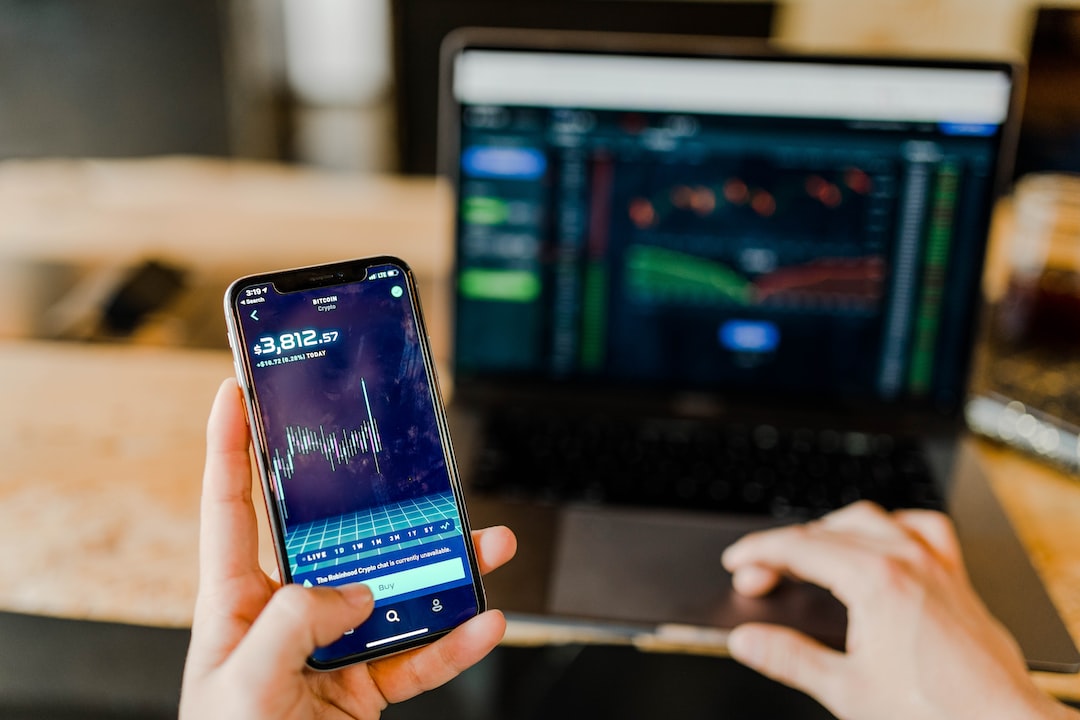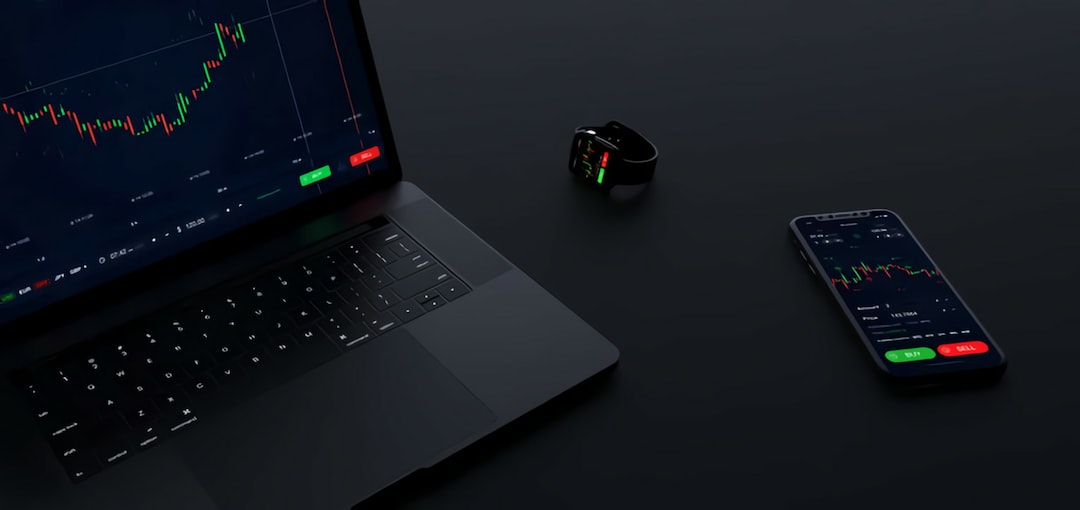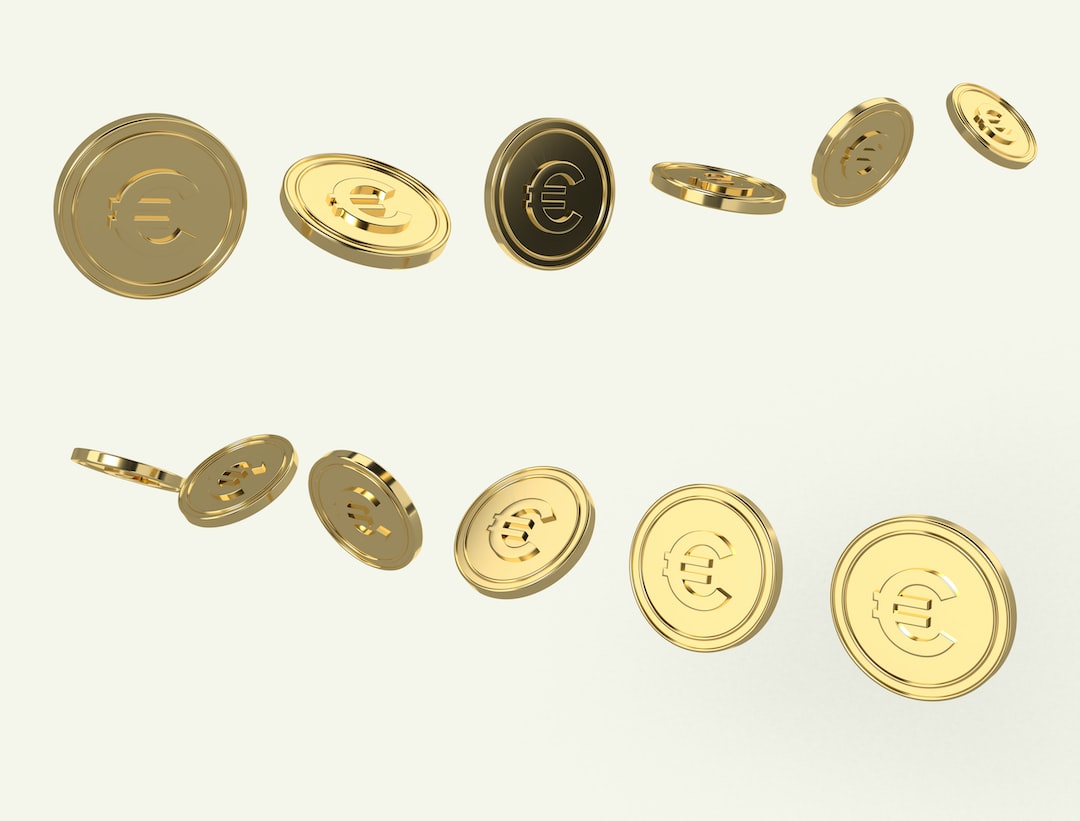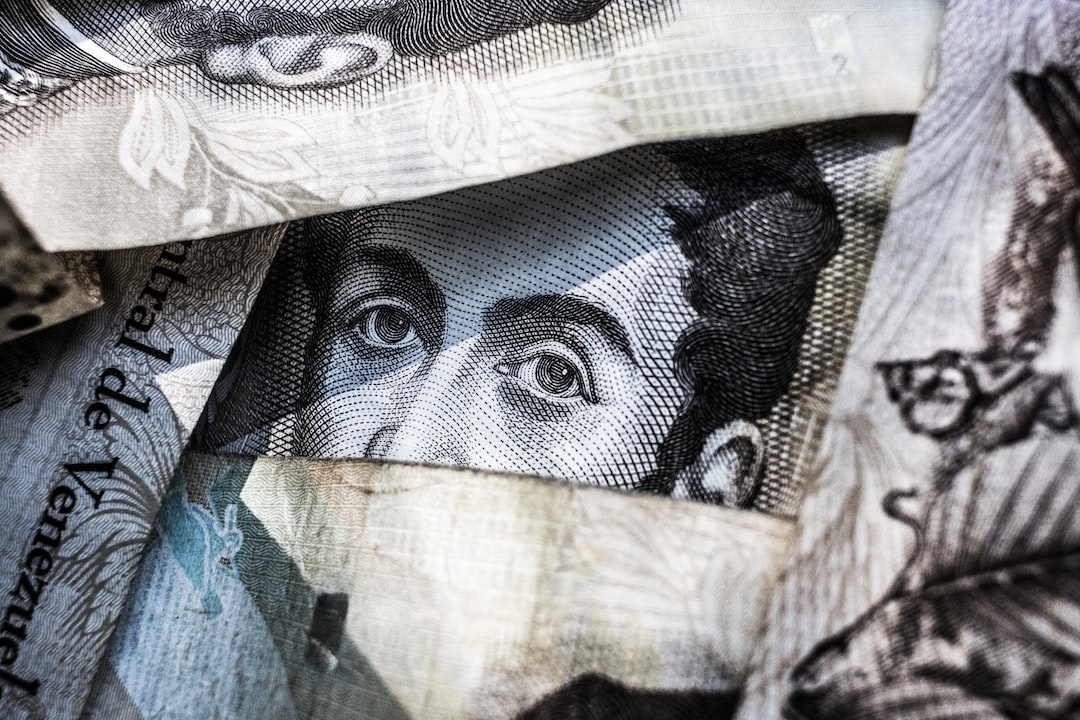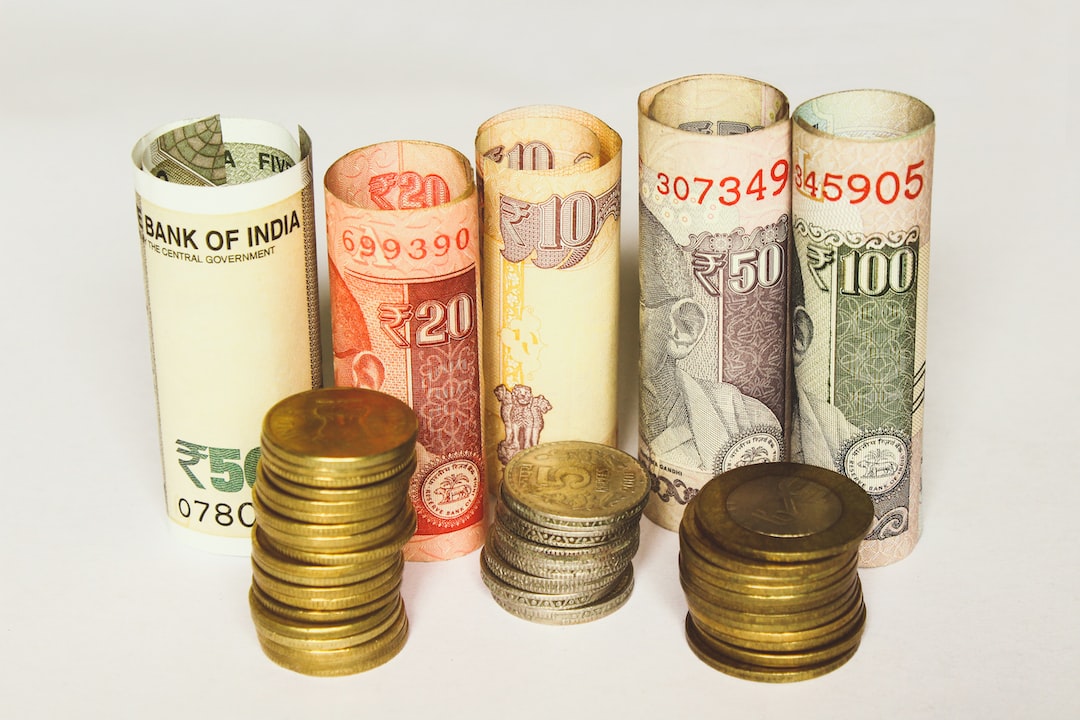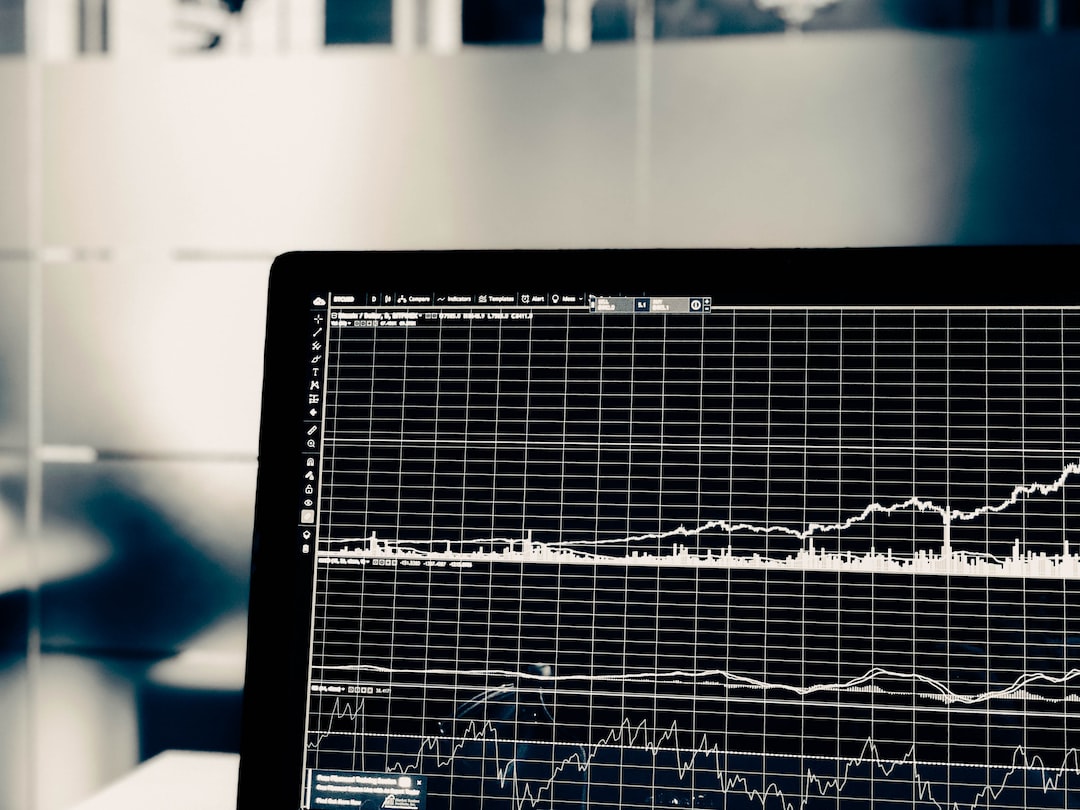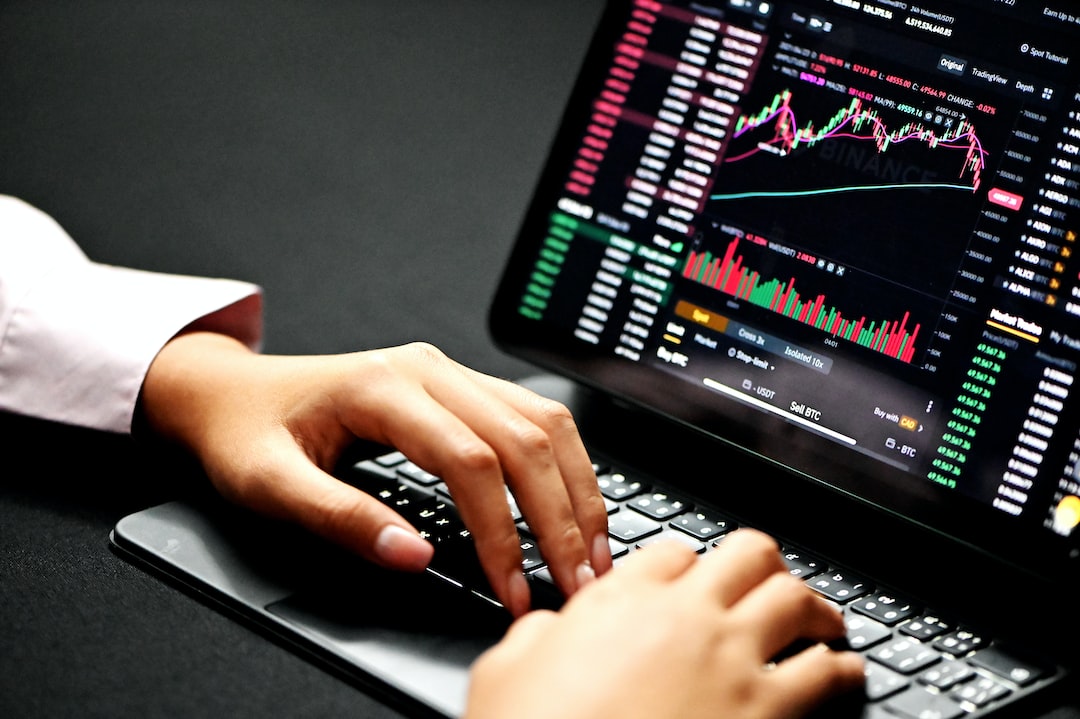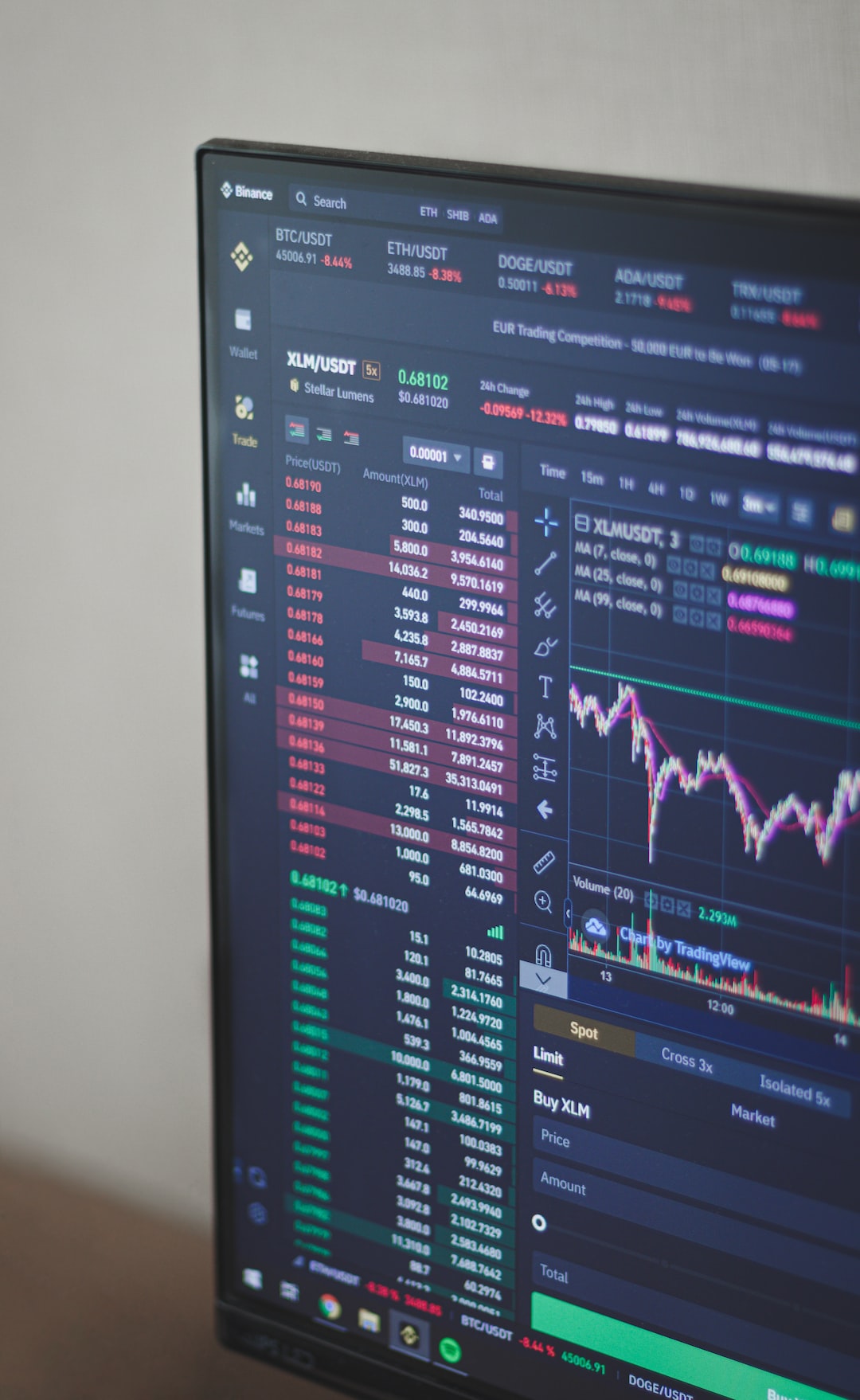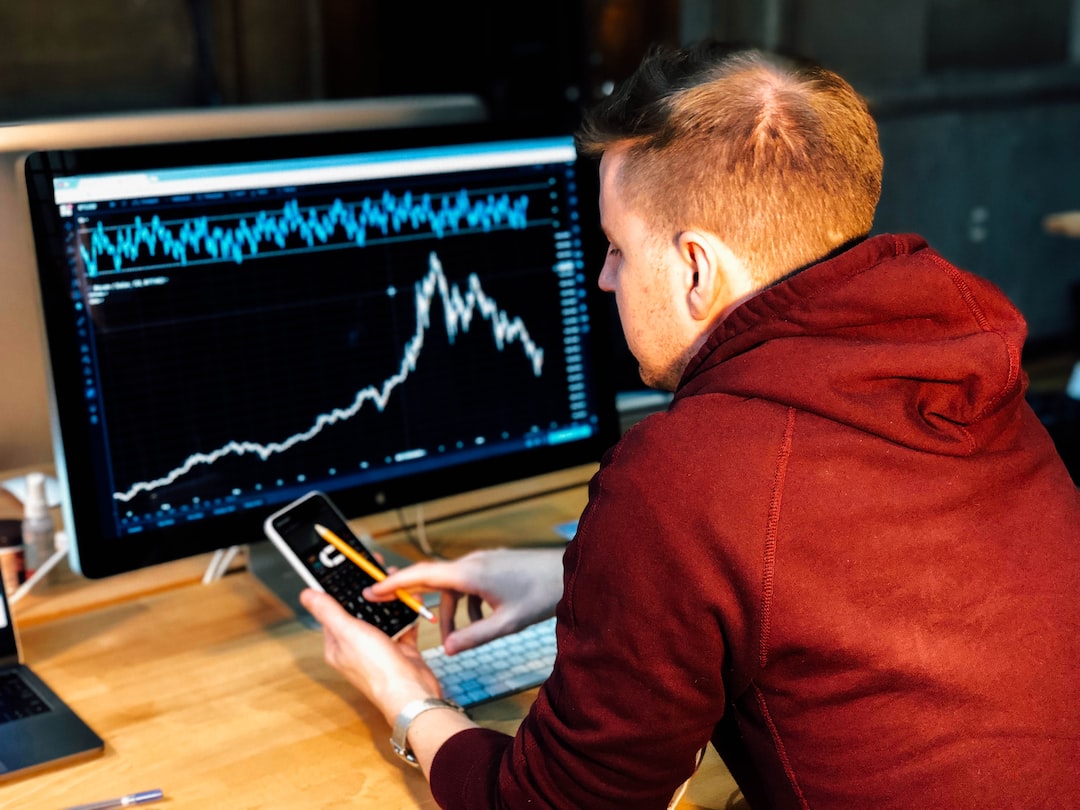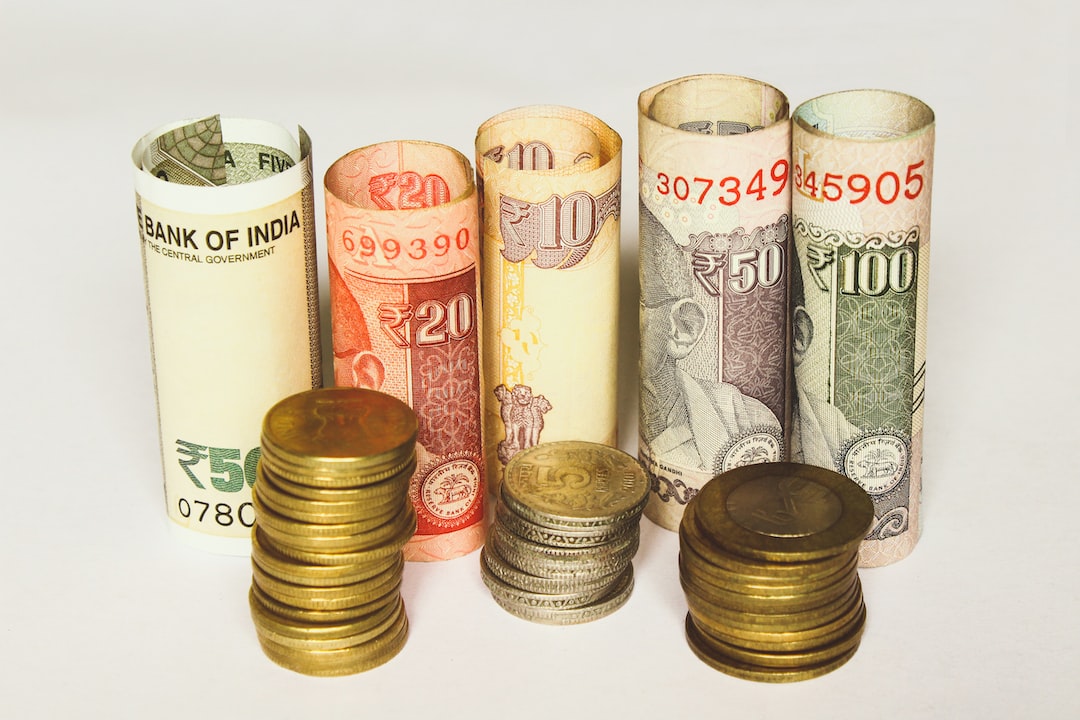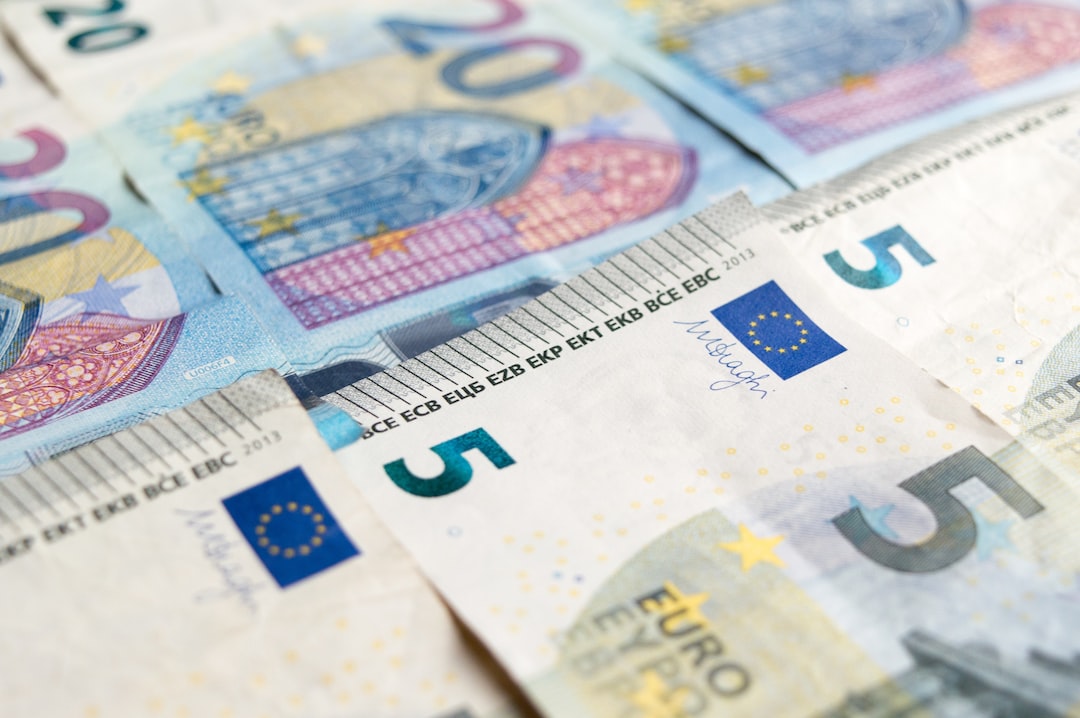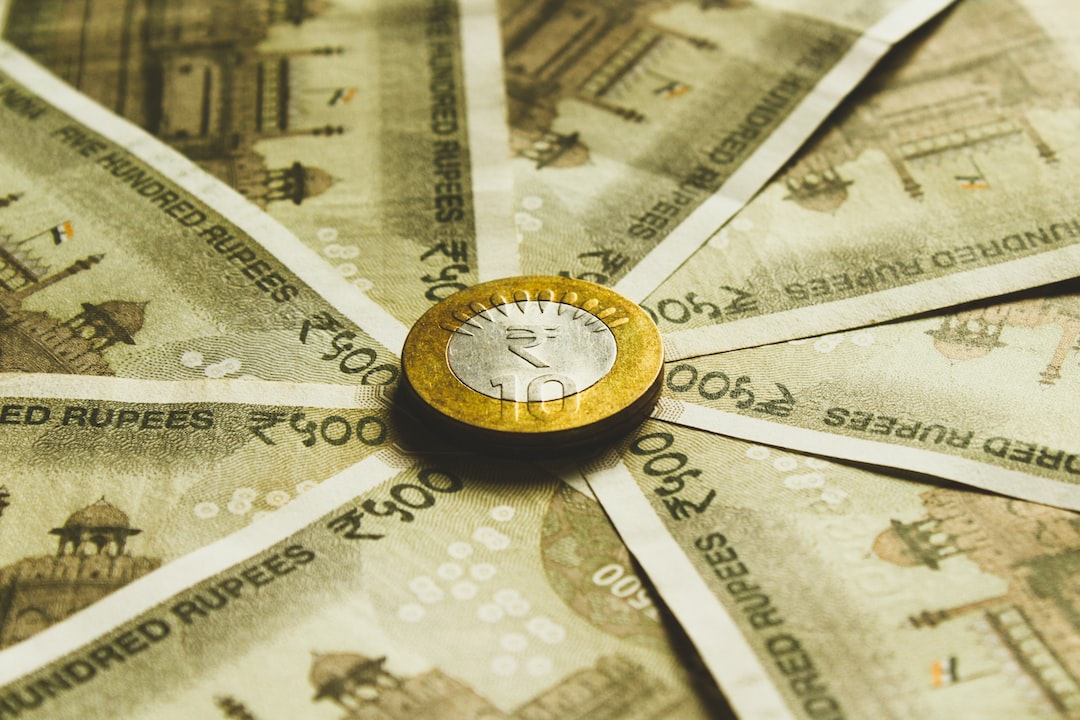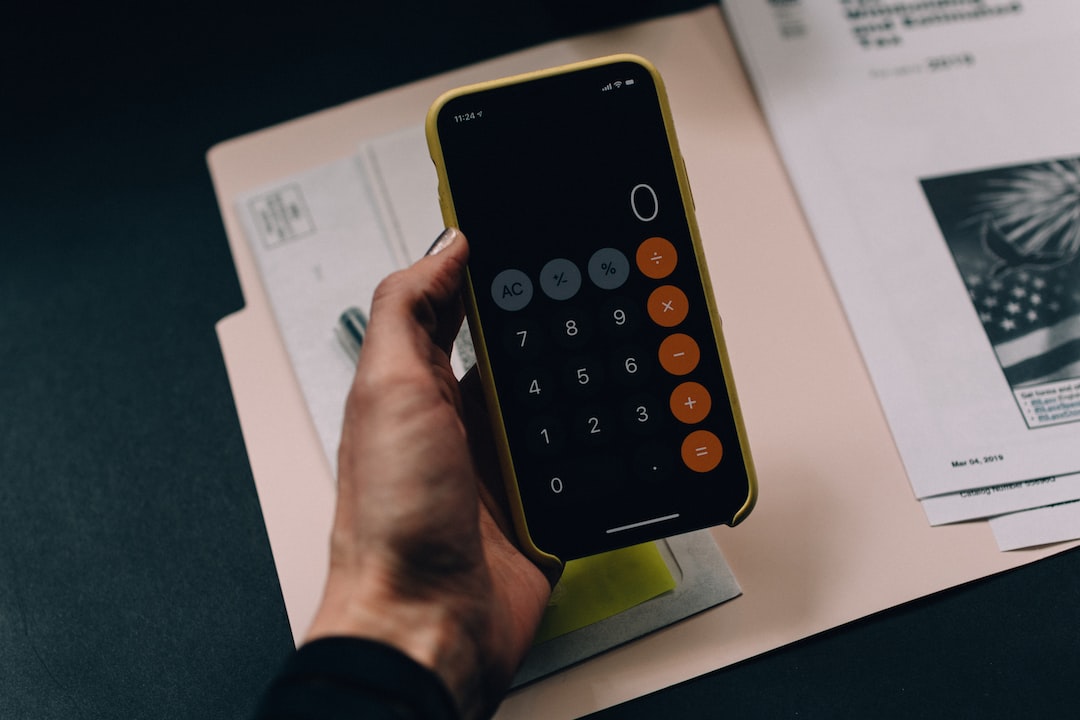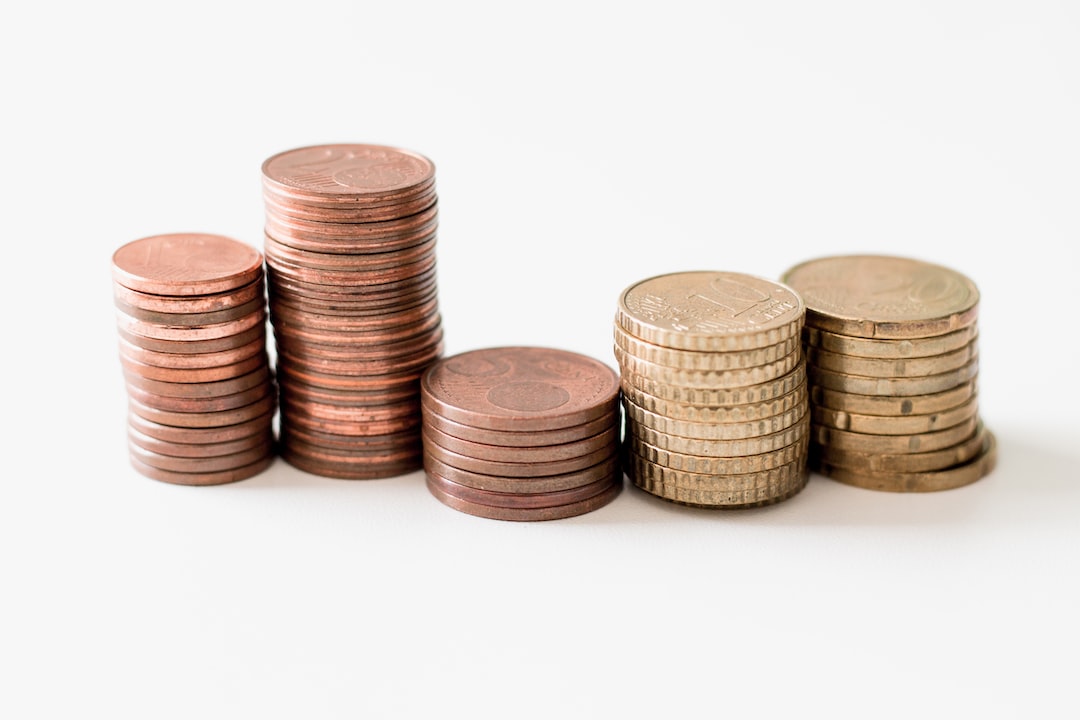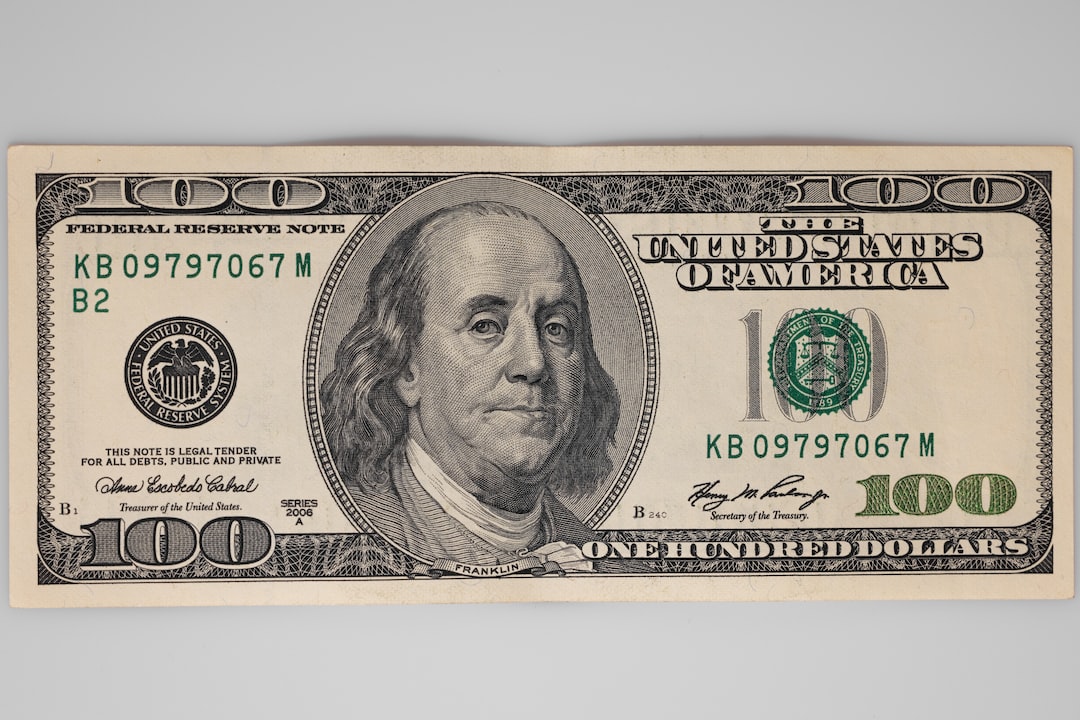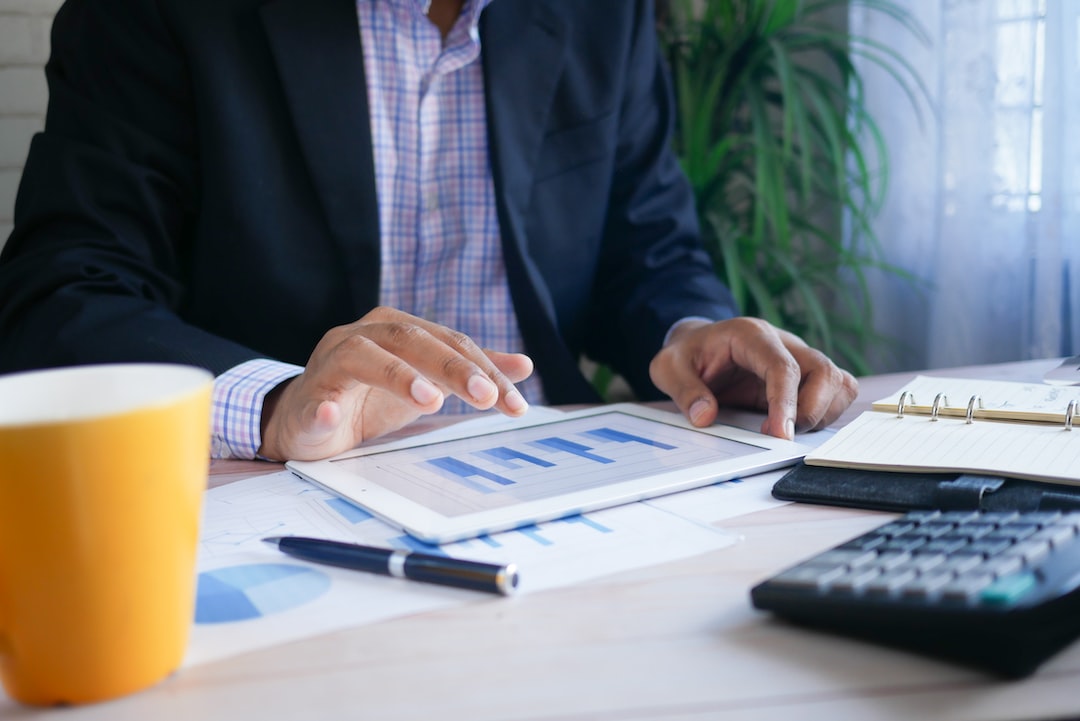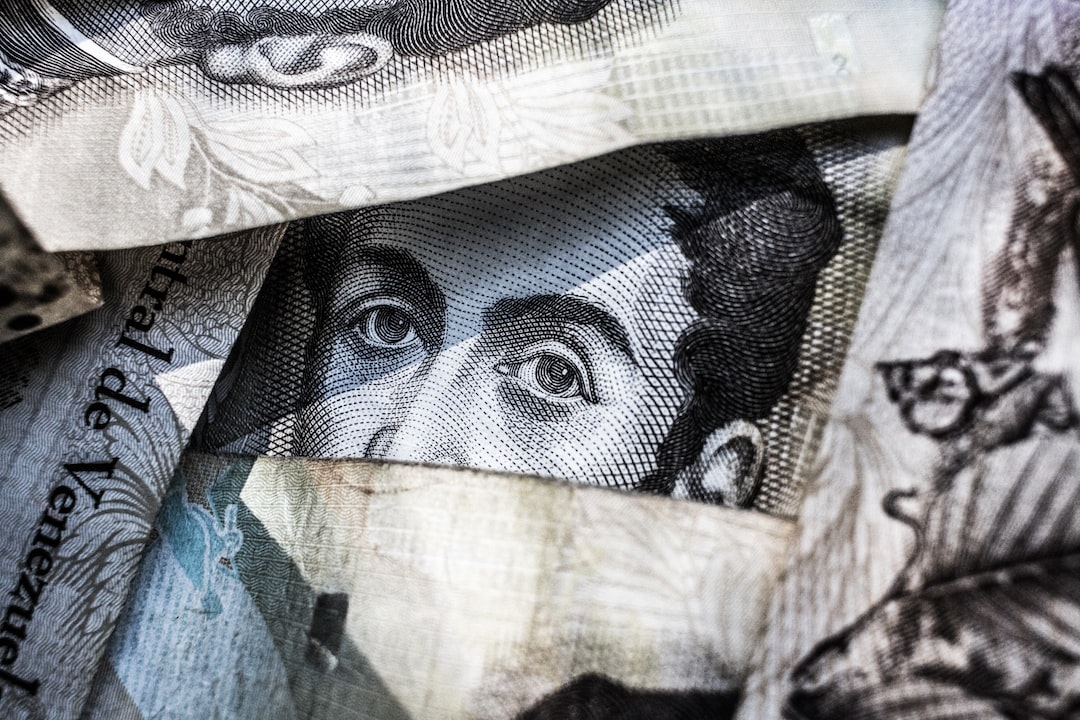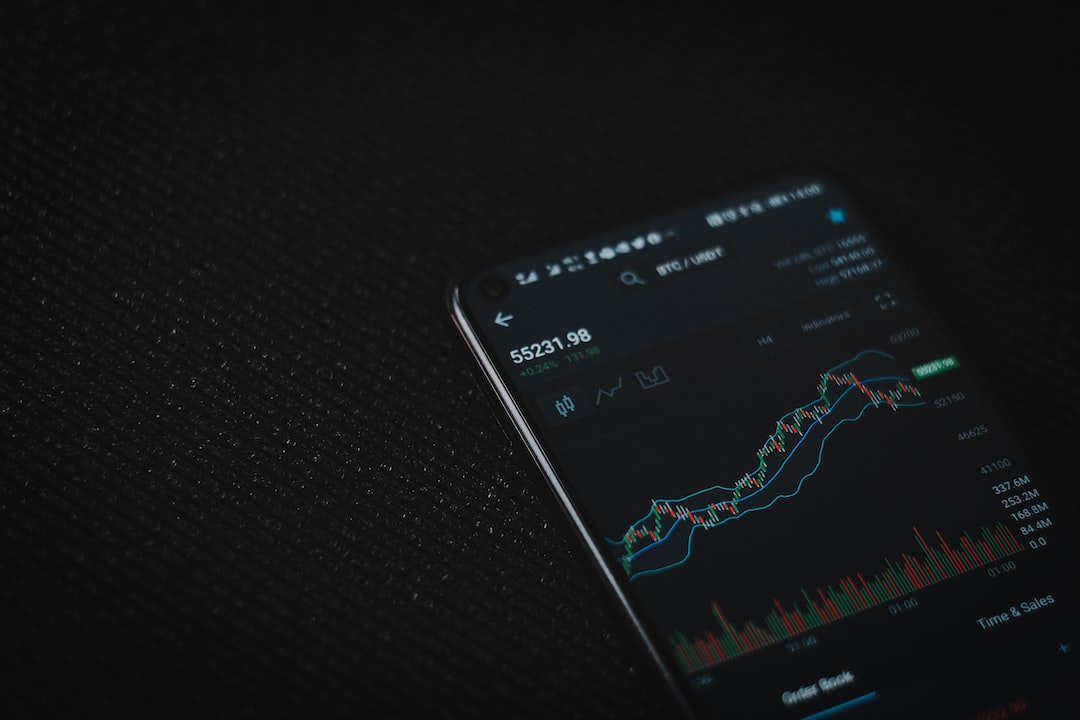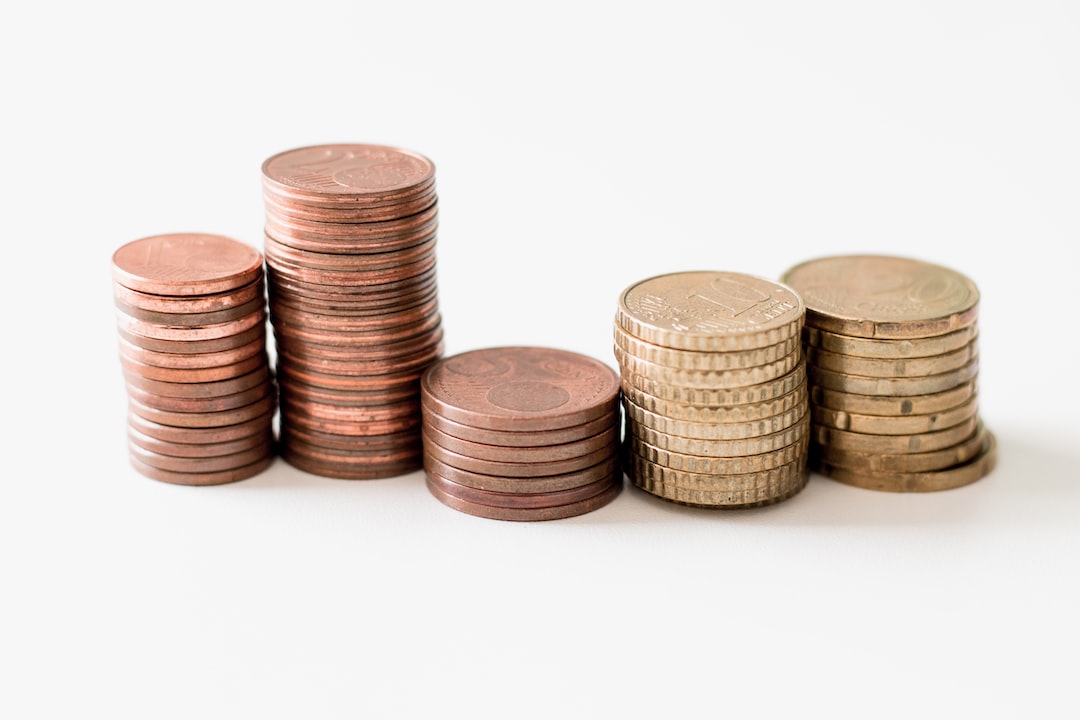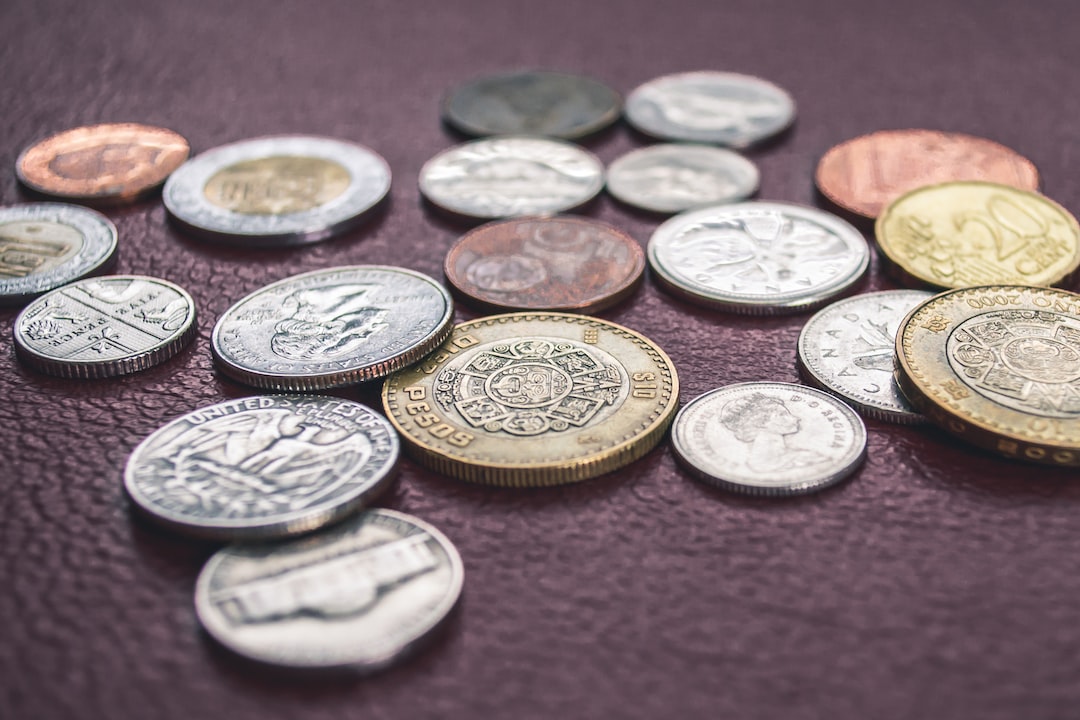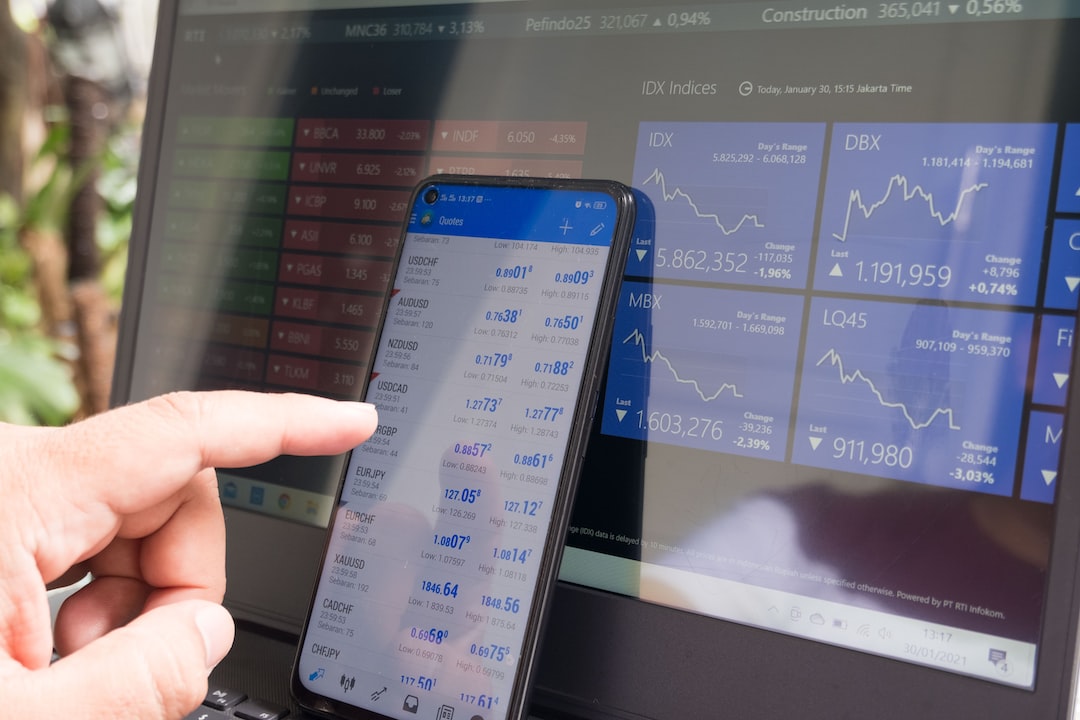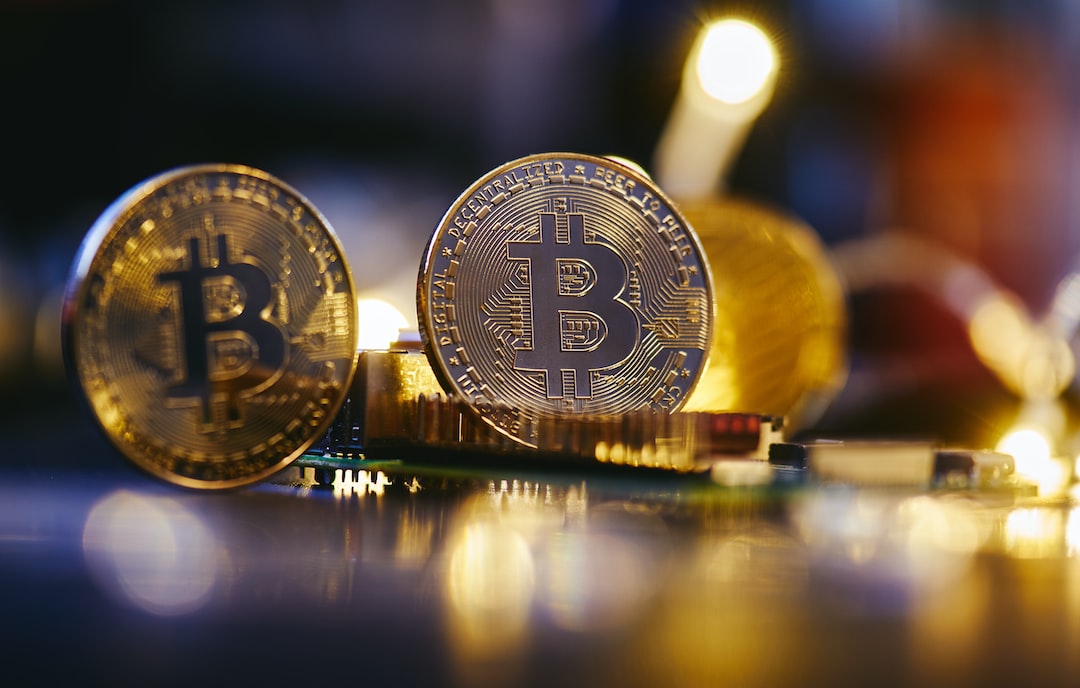Float is an important concept in forex trading. It refers to the difference between the amount of currency that is currently in circulation and the amount that is held in reserve by a central bank or other financial institution. In forex trading, float can have a significant impact on currency prices and can be used to predict market trends.
The concept of float is closely related to the concept of supply and demand. When there is a large amount of currency in circulation, this can put downward pressure on prices. Conversely, when there is a shortage of currency, prices are likely to rise. Central banks and other financial institutions can influence the amount of currency in circulation by adjusting the reserve requirements for banks and other financial institutions.
In forex trading, float is also influenced by a number of other factors. These include interest rates, inflation, and political stability. When interest rates are high, for example, this can attract foreign investors to a country, which can increase the demand for that country’s currency. Conversely, when interest rates are low, this can reduce demand for a country’s currency.
Inflation can also have a significant impact on float. When inflation is high, this can reduce the value of a currency, as people are less willing to hold onto it for long periods of time. Political stability is also an important factor, as political instability can lead to uncertainty and instability in financial markets, which can cause fluctuations in currency prices.
One of the most important aspects of float in forex trading is its impact on exchange rates. Exchange rates are the prices at which one currency can be exchanged for another. When there is a large amount of currency in circulation, this can cause exchange rates to fall, as there is less demand for that currency. Conversely, when there is a shortage of currency, exchange rates are likely to rise.
Float can also be used to predict market trends. For example, if a central bank increases its reserve requirements, this can lead to a decrease in the amount of currency in circulation, which can cause prices to rise. Conversely, if a central bank decreases its reserve requirements, this can lead to an increase in the amount of currency in circulation, which can cause prices to fall.
In summary, float is an important concept in forex trading. It refers to the difference between the amount of currency in circulation and the amount held in reserve by central banks and other financial institutions. Float can have a significant impact on currency prices and can be used to predict market trends. Understanding the concept of float is essential for anyone looking to trade currencies on the forex market.


